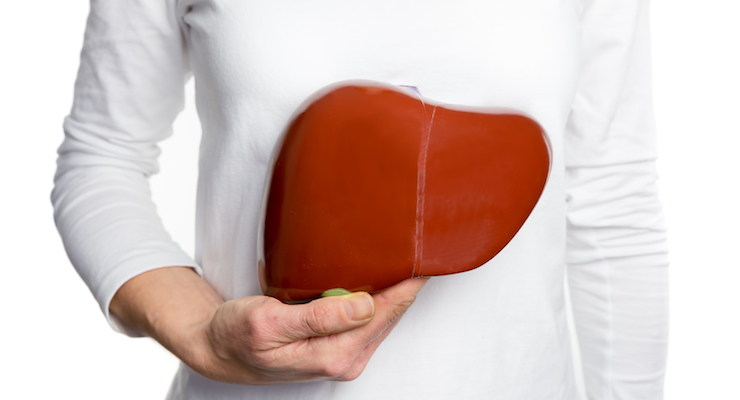Market Updates, Research
Review of Overlapping Vitamin A Studies Highlights Concerns About Over-Supplementation
Clinical evidence suggests reconsidering a tolerable upper limit for vitamin A based on liver health concerns.

By: Mike Montemarano

According to a study and corresponding review recently published in Oxford University’s Journal of Nutrition, researchers should be concerned about liver health issues associated with excessive intake of vitamin A and provitamin A carotenoids, such as observed increases in liver retinol concentrations.
In an in vitro study published this month, researchers sought to evaluate any complications that might arise due to over-supplementation with vitamin A, speaking to concerns about overlapping clinical trials in humans during which intake well exceeds daily recommendations. This is especially prevalent in studies evaluating biofortification in areas where vitamin A deficiency is prevalent. Globally, approximately 2.3% of all deaths among children below the age of 5 years are attributable to vitamin A deficiency.
The researchers simulated two studies, both of which involved vitamin A interventions, to determine the effects of biofortified maize and carrot consumption combined, and found liver complications in the Mongolian gerbils used in the in vitro study. The combined bio-fortified foods resulted in the gerbils taking in 100%-200% of the estimated vitamin A content that they needed, in order to simulate scenarios in which children consumed high amounts of vitamin A in order to reflect overlapping clinical trials. High liver stores of vitamin A (hypervitaminosis) were observed at values formerly referred to as toxicity, the authors wrote.
“These studies support the importance of monitoring vitamin A (VA) status in populations exposed to food fortification with preformed VA as a public health measure to combat vitamin A deficiency, and of considering the likelihood of inducing excessive VA stores,” the authors concluded. They pointed to a corresponding trial showing that there is already human impact associated with overlapping food fortification programs causing a sizeable portion of children to experience hypervitaminosis A.
“Currently, retinol isotope dilution is the only indicator that can evaluate VA excess before toxicity manifests. This methodology was recently used to evaluate a cohort of South African preschool children who were exposed to high dietary VA intake due to habitual liver consumption and government mandated VA supplementation and fortification of maize meal and wheat flour. Before the next round of mandated VA supplementation, 65.3% of the cohort had hypervitaminosis A, reinforcing the importance of accurate VA biomarkers to inform policies.”
While vitamin A has generally been regarded as safe in research settings to date, an accompanying review of the study posed a question as to whether the definition of a tolerable upper intake level should be raised to include the contributions of provitamin A carotenoids. At this point, however, the evidence for setting the cutoff for hypervitaminosis A is limited, the review said.
“In conclusion, more data are needed to accurately determine cutoff values for biomarkers for assessing excessive VA status to enable a comprehensive evaluation of the safety of current ongoing and planned future VA interventions and programs,” the authors concluded.


